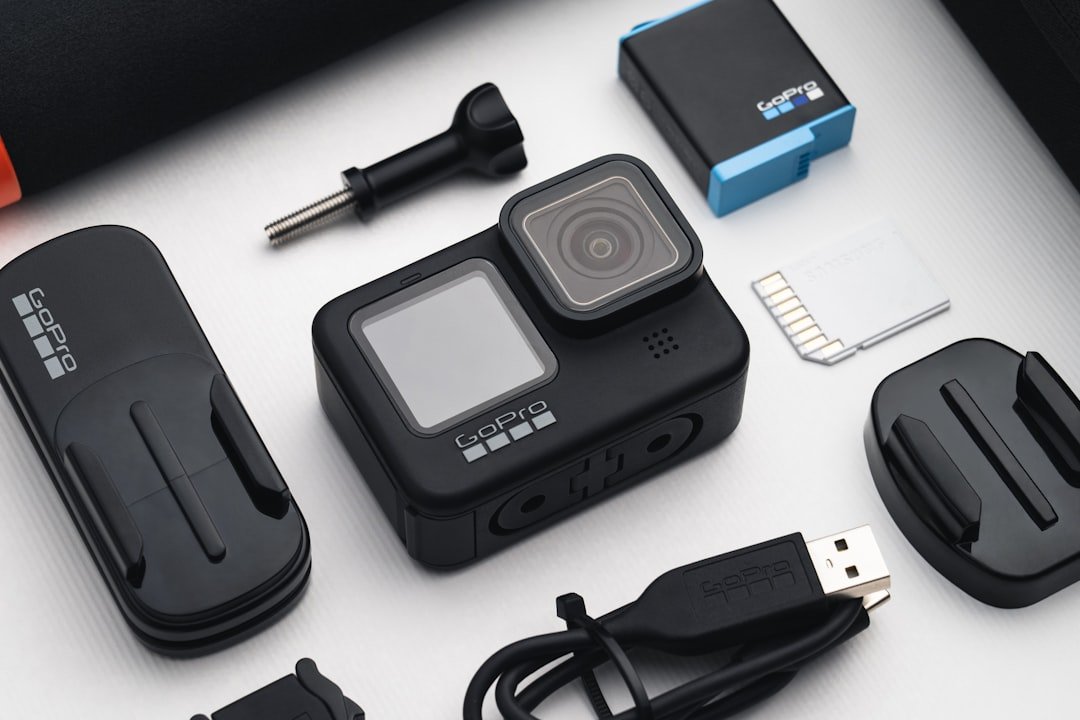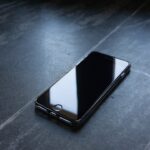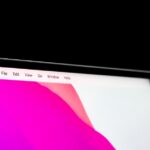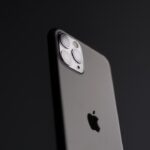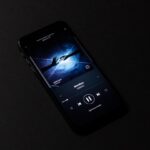The term milliampere-hour (mAh) is a unit of measurement that quantifies electric charge over time, specifically in the context of batteries. It indicates how much current a battery can deliver over a specified period, typically one hour. For instance, a battery rated at 1000 mAh can theoretically provide 1000 milliamperes of current for one hour before it is depleted.
This measurement is crucial for consumers and manufacturers alike, as it directly correlates to the battery’s capacity and longevity. A higher mAh rating generally means that a battery can store more energy, allowing devices to run longer between charges. Understanding mAh is particularly important in the context of portable electronics, such as smartphones, tablets, and power banks.
For users, knowing the mAh rating helps in making informed decisions about which devices to purchase and how to manage their power needs effectively. For example, if a smartphone has a battery capacity of 3000 mAh, it can be expected to last longer than one with a 2000 mAh battery under similar usage conditions. This knowledge becomes even more critical when considering the increasing demands of modern applications and features that consume more power, such as high-resolution displays and advanced processing capabilities.
Key Takeaways
- mAh is a measure of a battery’s capacity and indicates how much charge it can hold.
- The iPhone 13 has a battery capacity of around 3,240 mAh, which can provide all-day battery life.
- When choosing a power bank for your iPhone 13, consider factors such as capacity, portability, and charging speed.
- To calculate the mAh needed to fully charge your iPhone 13, divide the battery capacity by the charging voltage.
- Different activities, such as gaming and video streaming, can impact your iPhone 13’s battery life differently.
The Battery Capacity of the iPhone 13: How Much mAh Does It Have?
The iPhone 13 is equipped with a battery that has a capacity of approximately 3240 mAh. This capacity allows the device to support a range of functionalities while maintaining a reasonable battery life throughout the day. Apple has made significant strides in optimizing battery performance in its devices, and the iPhone 13 is no exception.
With its efficient A15 Bionic chip and software optimizations, users can expect to enjoy extended usage times without frequent recharging. In practical terms, the 3240 mAh battery capacity translates into impressive performance metrics. For instance, Apple claims that the iPhone 13 can provide up to 19 hours of talk time or up to 15 hours of internet use on a single charge.
This level of efficiency is particularly beneficial for users who rely heavily on their devices for communication, entertainment, and productivity. The combination of hardware and software enhancements ensures that the iPhone 13 can handle demanding tasks while still delivering a satisfactory battery life.
Factors to Consider When Choosing a Power Bank for Your iPhone 13
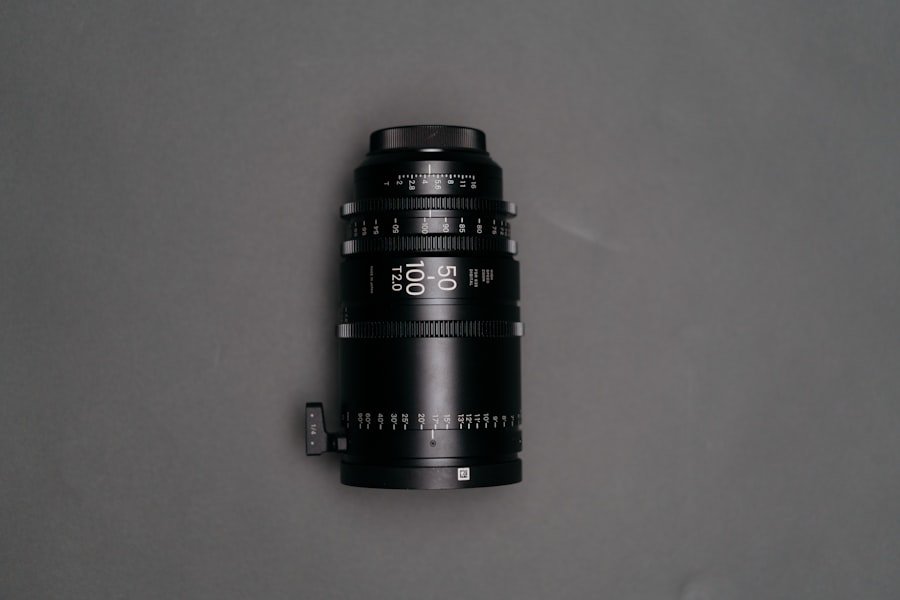
When selecting a power bank for your iPhone 13, several factors come into play that can significantly influence your charging experience. One of the most critical aspects is the power bank’s capacity, measured in mAh. Ideally, you want a power bank with a capacity that exceeds that of your iPhone’s battery to ensure multiple charges.
For example, a power bank with a capacity of 10,000 mAh could theoretically charge an iPhone 13 about three times before needing to be recharged itself, assuming no energy loss during the process. Another important consideration is the output current of the power bank. The charging speed is determined by the output amperage; higher output ratings can lead to faster charging times.
Many modern power banks offer Quick Charge or Power Delivery technologies that can significantly reduce charging time for compatible devices. Additionally, it’s essential to consider the number of ports available on the power bank. If you frequently charge multiple devices simultaneously, opting for a power bank with multiple output ports can be advantageous.
How to Calculate the mAh Needed to Fully Charge Your iPhone 13
| iPhone 13 Model | Battery Capacity (mAh) | Charging Time (hours) |
|---|---|---|
| iPhone 13 Mini | 2438 mAh | Approximately 2.5 hours |
| iPhone 13 | 3095 mAh | Approximately 3 hours |
| iPhone 13 Pro | 3095 mAh | Approximately 3 hours |
| iPhone 13 Pro Max | 4352 mAh | Approximately 4.5 hours |
Calculating the mAh needed to fully charge your iPhone 13 involves understanding both the device’s battery capacity and the efficiency of the charging process. As previously mentioned, the iPhone 13 has a battery capacity of approximately 3240 mAh. However, it’s essential to account for energy loss during charging due to heat and other factors.
Typically, charging efficiency hovers around 70-80%, meaning not all energy from the power bank will be transferred to the phone’s battery. To estimate the required mAh from a power bank, you can use the following formula: Required mAh = (iPhone battery capacity / Charging efficiency). Assuming an average efficiency of 75%, you would calculate: Required mAh = (3240 mAh / 0.75) = approximately 4320 mAh.
This means that to fully charge your iPhone 13 from a power bank, you would ideally want one with at least this capacity to ensure a complete charge without running out of power.
The Impact of Different Activities on Your iPhone 13’s Battery Life
The activities you engage in on your iPhone 13 can have varying impacts on its battery life. For instance, streaming high-definition videos or playing graphically intensive games can drain the battery much faster than simple tasks like texting or browsing social media. This discrepancy arises from the increased demand for processing power and screen brightness during these activities.
Streaming services often require constant data transmission, which further exacerbates battery consumption. Moreover, background processes such as location services and app refreshes can also contribute to battery drain. Apps that frequently update their content or utilize GPS can significantly impact overall battery life if not managed properly.
Users may notice that their device’s battery percentage drops more rapidly when using navigation apps compared to when they are simply reading emails or browsing static web pages. Understanding these nuances allows users to make informed choices about how they use their devices throughout the day.
Tips for Maximizing the Battery Life of Your iPhone 13

Adjust Screen Brightness
One effective method is to adjust screen brightness manually or enable Auto-Brightness, which automatically adjusts brightness based on ambient light conditions. Reducing screen brightness can lead to significant energy savings over time, especially during prolonged usage.
Manage Background App Activity
Another useful tip is to manage background app activity by disabling Background App Refresh for apps that do not require constant updates. This feature allows apps to refresh their content in the background but can lead to unnecessary battery drain if left unchecked.
Enable Low Power Mode
Additionally, enabling Low Power Mode when your battery level drops below a certain threshold can help conserve energy by limiting background processes and visual effects.
When it comes to charging your iPhone 13, users have two primary options: wired and wireless charging. Wired charging typically offers faster charging speeds compared to wireless methods due to direct connections via USB-C or Lightning cables. Apple’s fast-charging technology allows users to charge their devices up to 50% in around 30 minutes when using compatible chargers, making it an efficient choice for those in need of quick top-ups.
On the other hand, wireless charging provides convenience and ease of use but often comes with slower charging speeds. The iPhone 13 supports MagSafe technology, which allows for magnetic alignment with compatible chargers for optimal efficiency. While wireless charging eliminates the hassle of plugging and unplugging cables, it may not be ideal for users who require rapid charging capabilities on-the-go.
Ultimately, the choice between wired and wireless charging depends on individual preferences and specific usage scenarios.
The Future of Charging Technology: What to Expect for the iPhone 13
As technology continues to evolve, so too does the landscape of charging solutions for devices like the iPhone 13. One area garnering significant attention is fast-charging technology, which aims to reduce charging times even further while maintaining safety standards. Innovations such as GaN (gallium nitride) chargers are emerging as viable alternatives to traditional silicon-based chargers, offering higher efficiency and smaller form factors.
Additionally, advancements in wireless charging technology are paving the way for more efficient solutions that could rival wired charging speeds in the near future. Companies are exploring resonant inductive charging methods that could allow devices to charge from greater distances without direct contact with charging pads. As these technologies mature, users can expect more versatile and efficient charging options that cater to their increasingly mobile lifestyles while enhancing overall user experience with devices like the iPhone 13.
If you are looking to charge your iPhone 13 and want to know how many mAh it requires, you can check out this informative article on unlocking the iPhone 11 jailbreak guide. This article may provide some insights into the charging specifications of the iPhone 13 and help you determine the appropriate mAh needed for efficient charging.
